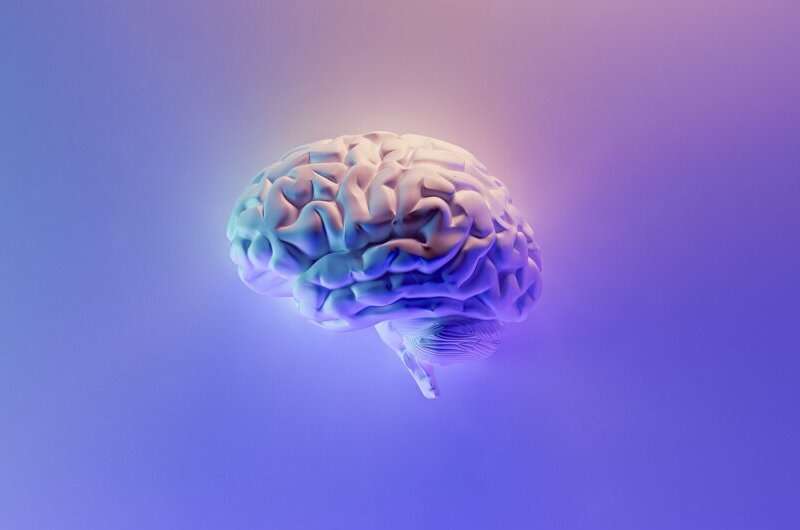This article has been reviewed according to Science X's editorial process and policies. Editors have highlighted the following attributes while ensuring the content's credibility:
fact-checked
peer-reviewed publication
proofread
Trained brains can rapidly suppress visual distractions

Have you ever found yourself searching for your keys or phone only to end up getting distracted by a brightly colored object that grabs your attention? This type of attentional capture by objects that stand out from their surroundings is known as "pop-out."
Pop-out is often functional, for instance when we want people to pay attention to bright red road signs. It can however also distract us from our goals, for instance when a brightly colored binder prevents us from finding our keys on a cluttered desk. Would it not be nice if pop-out for distracting items could somehow be blocked or suppressed to avoid distractions and help us find whatever we are looking for faster?
New research from the Vision and Cognition group at the Netherlands Institute for Neuroscience, published in PNAS, demonstrates that this is indeed possible. After training, the visual brain can suppress neuronal responses to pop-out distractors that are usually enhanced compared to responses to other, non-distracting, items.
The researchers trained monkeys to play a video game in which they searched for a unique shape among multiple items, while a uniquely colored item tried to distract them. As soon as the monkeys found the unique shape, they made an eye movement to it to indicate their choice. After some training, monkeys became very good at this game and almost never made eye movements to the distractor.
Neurons in area V4 of the visual cortex, a brain area that processes visual information relatively early after is is captured by the eyes, showed consistently enhanced responses to the shape target stimuli. Responses to the distracting color stimuli on the other hand were only very briefly enhanced but became rapidly suppressed.
It appears that the brain first briefly detects the presence of the distracting stimulus, and then quickly suppresses it to avoid that it will interfere with the search for the shape target. The color pop-out signal that might cause distraction is thus essentially inverted into a kind of negative pop-out, or "pop-in," to avoids distraction.
Researcher Chris Klink says, "Choosing what to attend to is very important for visual perception, and behavior in general. Even though the brain has impressive processing power, it simply cannot handle all available information at once. Attention needs to strike a balance between our own internally generated goals and whatever appears to be important in the environment. Dealing with distraction in an efficient way is a crucial aspect of that process, that we now understand a little bit better."
More information: P. Christiaan Klink et al, Inversion of pop-out for a distracting feature dimension in monkey visual cortex, Proceedings of the National Academy of Sciences (2023). DOI: 10.1073/pnas.2210839120

















